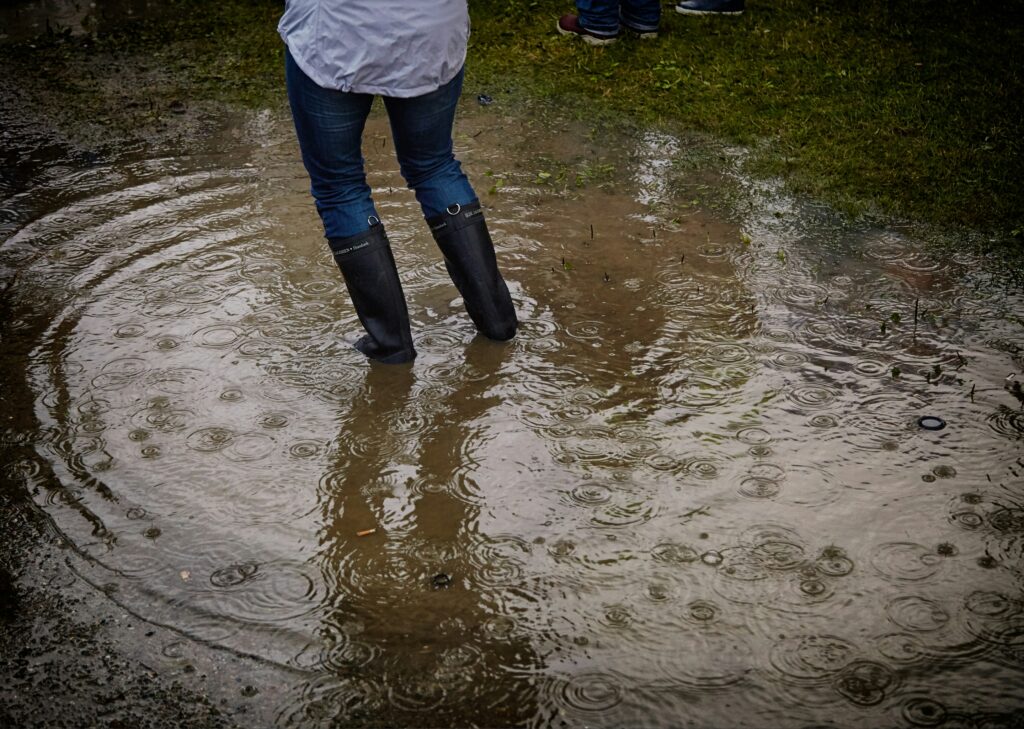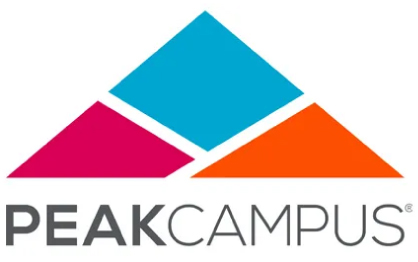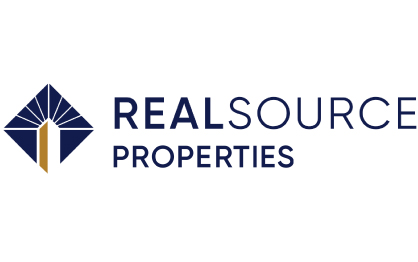Multifamily units can often be found in large buildings with many different tenants. They are a unique housing option in that each unit is separate from the others, but they sometimes share some common areas—such as a lobby, hallways, laundry room, a shared courtyard or green space, and more. While each unit is separate, any problems in the common areas can often affect all tenants.
Water damage is one of the most common problems that can occur in multi-family dwellings and can cause stress for everyone involved. If it’s not addressed quickly and properly, it can lead to mold growth, structural damage, and other problems that can be difficult and expensive to repair.
If you own or manage a multifamily property in Cincinnati, OH, it’s important to be prepared for the possibility of water damage. This step-by-step guide will help you deal with water damage if it should occur.
1. Act quickly
The sooner you address water damage, the better. When water sits for too long, it can cause further damage and lead to mold growth. This results in increased repair costs and can cause health problems for your tenants. The faster you can get the water cleaned up and the damage repaired, the safer you and your tenants will be.
2. Contact your insurance company
If you have insurance, contact your carrier to start the claims process. The process typically involves an adjuster coming to assess the damage and determine the extent of coverage. Once the insurance company approves the claim, you will be able to proceed with repairs.
Tips for working effectively with your adjuster include:
- Making a List of All the Damaged Items: This will help the adjuster get a better idea of the extent of the damage.
- Taking Photos or Videos of the Damage: This can help get your claim approved.
- Being Prepared to Answer Questions about the Damage: The adjuster will likely want to know how the water damage occurred and what steps you took to mitigate it.
3. Locate the source of the water
If you can, try to identify and fix the source of the water damage. This can help prevent further damage.
Common source locations include:
- Leaking or burst pipes
- Leaking roof
- Sewage backup
- Tub or toilet overflow
- Flooding
4. Contact a water damage restoration company
A professional restoration company will have the equipment and expertise needed to properly clean and repair water damage. The process typically begins with water extraction, followed by drying and dehumidifying. Once the area is dry, repairs can be made.
You should choose a professional over self-repairs for many reasons, including:
- Safety: Water damage can be dangerous. There is a risk of electrocution when working with water and electricity. A professional will have the proper safety equipment and training to avoid these risks.
- Effectiveness: A professional will have the right equipment to remove water and dry the area quickly and effectively. This minimizes further damage and mold growth.
- Cost: While professional services may seem like an added expense, they can save you money in the long run. Self-repairs often result in further damage that is more expensive to fix.
5. Follow the restoration company’s instructions
The restoration company will likely have specific instructions for you to follow during the restoration process. Be sure to follow these instructions to ensure a successful restoration.
Some recommendations to expect may include:
- Do not use the HVAC system until it has been inspected by a professional
- Do not use electrical appliances that may be wet and need to be replaced
- Do not turn on ceiling fans or light fixtures that may be wet
- Discard any food that has been exposed to flood waters
- Do not enter the affected area without proper safety gear
6. Take preventative measures to avoid future water damage
Once the restoration is complete, take steps to prevent water damage from happening again in the future.
Some common prevention methods include:
- Fixing leaks and drips as soon as they are discovered
- Regularly inspecting plumbing and roofing for damage
- Staying up to date on maintenance for appliances that use water
- Installing a sump pump in the basement to prevent flooding
- Adding waterproofing to the foundation to prevent water seepage
Water damage is a serious issue that should not be taken lightly. By following these steps, you can help minimize the damage and get your property back to normal as quickly as possible. If you are ready to get started on your water damage restoration, contact a professional today.







